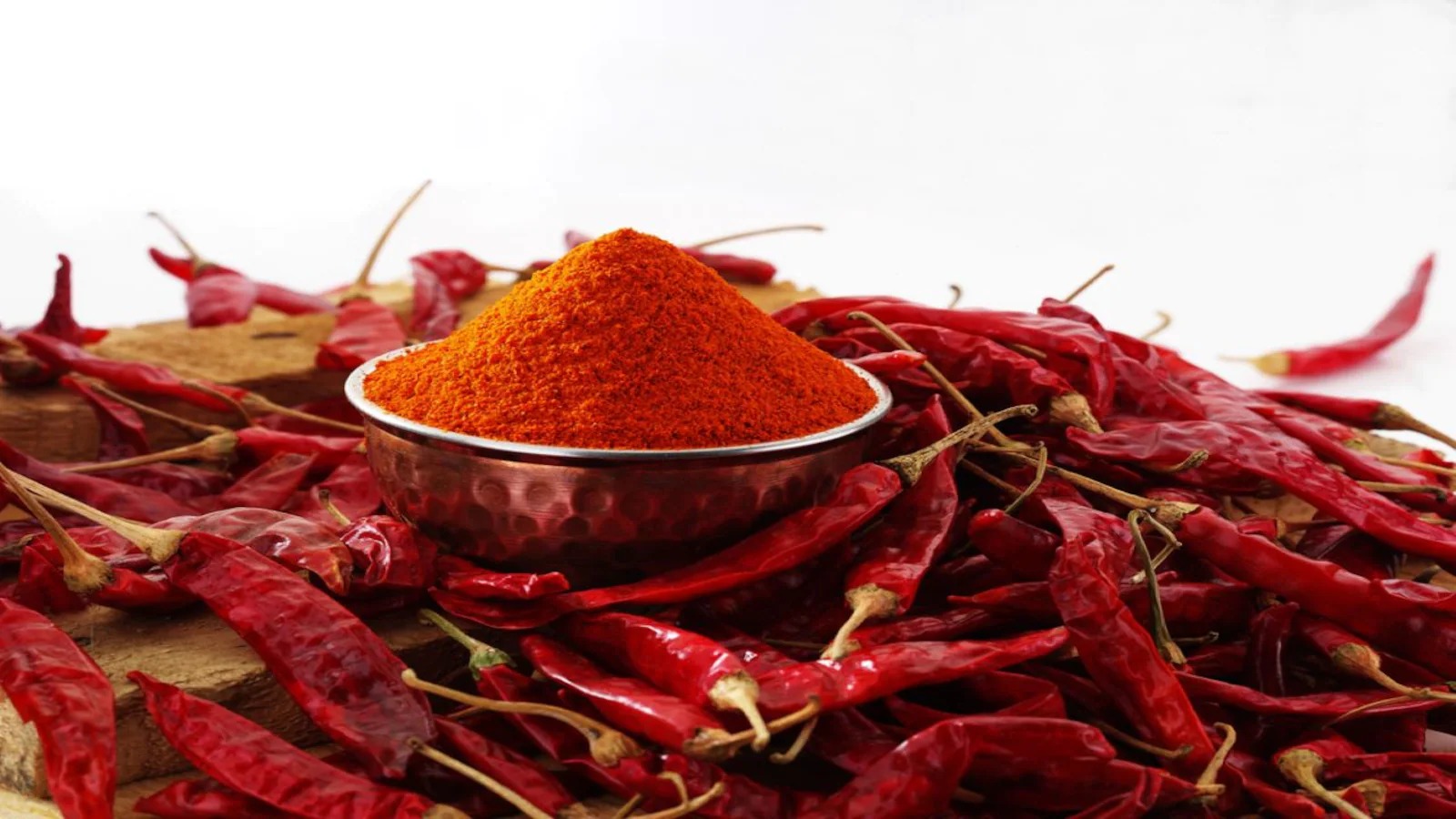Traders have not been selling the chili stock at lower rates and are hoping that domestic demand will shore up the prices a little and that exports to China will improve this year.
Red chili prices, which dropped from their peak levels last March, could see another spike on higher festival season demand and weak rains in the coming weeks.
The average prices of the most exported single spice from India have dropped from Rs 250 per kg to around Rs 230 on subdued export demand, resulting in the accumulation of sufficient inventory to last till the arrival of the new crop by next January.
The cold storages in Andhra Pradesh, the chief chili producer, have around 35 lakh bags of chili (each bag of around 35 kg). “But the traders are not willing to sell at a lower price, stock they bought when the prices were ruling higher. But the buyers are also reluctant to purchase at the current price levels,’’ said Gopal Jamili, MD of Jamili Sarangapani & Co. in Guntur, the hub of red chili trade in the country.
Usually, domestic demand spurts during the Dussehra festival season. “If that happens, then chili prices may gain further,’’ pointed out Laxmikant G, Product Head, Chilli of Agro Crops. The weakening of the local demand has led to a cooling of the prices of the low-heat Bydagi chili. This variety of chili which has huge domestic consumption, including procurement by curry masala makers, is now going at around Rs 550 per kg, down by Rs 50 from a few months ago.
The other reason for a possible increase in chili prices is the lower intensity of rainfall expected in the coming weeks. While the sowing has been good in the rain-fed areas, the regions dependent on irrigated water are experiencing water shortage. According to Jamili, the Palnadu region in Andhra Pradesh has been short of water and is expecting more rains for higher water flow from the dams.
In Karnataka, the hub of the Bydagi chili variety, Bellary and Raichur are dependent on irrigation. “The sowing in these areas has been affected by water shortage as the outflow from the dams has been limited,’’ said Basavaraj Hampali, farmer and founder of dry chili platform, Spiceextra. in.
The sowing has been good in the rain-fed district of Hubli in Karnataka. “Overall, there has been a 25 to 30 percent rise in the chili acreage this year. Late rainfall and lower prices forced many farmers to shift to chili from green gram and cotton,’’ Hampali said.
At present, the chili production estimate for next year is the same or slightly less than the last season. “A clear picture will emerge only by October as there is still time to transplant chili from the nurseries to the fields. We can expect another two weeks of rain in Karnataka and six weeks of rain in Andhra Pradesh which can result in late sowing,’’ observed Ravipati Peraiah, MD of Vijayakrishna Spice Farms.
In 2022-23, the total chili production in the country touched 1,957, 635 tonnes, an increase of about seven percent over the previous year.
Chilli exports, which started on a strong note at the beginning of FY24, have slackened with China going slow on purchases. “Bangladesh, Thailand, and Sri Lanka are all still buying chili from India but at a slow pace. Even Chinese purchases are sluggish,’’ said A P Murugan, Director of Paprika Oleos (India) Ltd.
Spices Board data for April-June 2023 show robust export at 1,36,527 tonnes valued at Rs 3,032 crore. This is over 30 percent higher in volumes and 58 percent above the value in the same period of the previous year. In FY23 India exported 5,16,185 tonnes of chilli at a record Rs 10,446 crore. While there was a seven percent drop in quantity, the value surged by 22 percent year-on-year.
Chinese imports later during the year will be crucial in raising the chili shipments from India. China buys mostly the high-heat chili Teja from India as its own output is the low-heat paprika variety. China’s chili crop is due by October-November. “There are reports of cyclones in parts of China, which may have an effect on the chili crop. If China imports more Indian chili, then domestic prices may shoot up,’’ Jamili said.
The late setting of the southwest monsoon could delay the arrival of the new crop by a month. The chili crop from Madhya Pradesh, which usually arrives first around October could be delayed to November this time.
`The peak arrival period may get extended from the usual March-April,’’ Peraiah said. Though the anticipated showers in the coming weeks are expected to bolster the chili crop, farmers are also wary about pests such as black thrips. Triggered by continuous intensive rainfall, the pest led to widespread damage to the chili crop over a year ago.
“Though farmers have found out ways to deal with black thrips to reduce the scale of damage, a permanent solution would be the development of high-yielding, disease-resistant chili varieties,’’ Hampali said.
Read more at https://shorturl.at/lmn16




